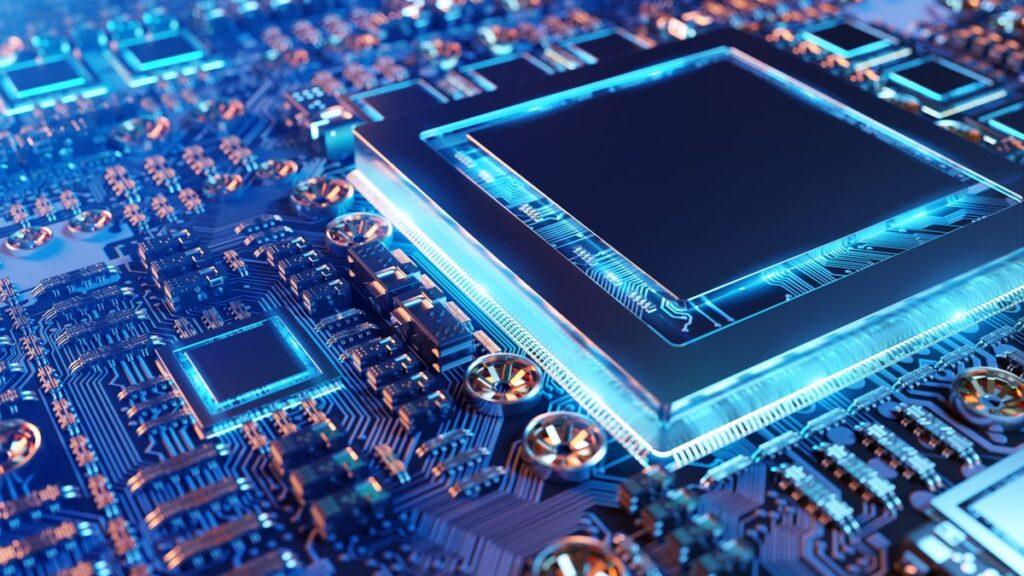- Nvidia CPUs designed for scalable solutions with PCIe connectivity
- Offers 144 cores and four GPUs for AI acceleration
- 1.3TB memory makes NVL4 ideal for data-intensive applications
Nvidia has introduced the GB200 NVL4, an advanced platform designed to meet the needs of modern data centers and computing workloads.
The company’s decision to introduce the GB200 NVL4 comes after Nvidia recently restructured its product line, ditching other NVL platforms in favor of newer options like the NVL4.
The GB200 NVL4 combines two Arm-based Grace CPUs with four Blackwell GPUs. It is part of Nvidia’s Grace Blackwell line, which aims to provide flexible and scalable solutions for various deployment scenarios.
High speed and scalable
The GB200 NVL4 is designed as a mid-range option in the Grace Blackwell family, positioned below high-performance configurations such as NVL72 and NVL36. Each unit features two Grace CPUs, each equipped with 72 Arm Neoverse V2 cores, for a total of 144 cores. The addition of four Blackwell GPUs ensures solid acceleration for AI, HPC, and other compute-intensive tasks.
Six MCIO connectors under each CPU provide PCIe connectivity, enabling high-speed data transfer. It also supports the inclusion of NIC, SSD and other essential components while maintaining efficiency.
Power consumption is a critical factor in modern data centers, but Nvidia estimates that the GB200 NVL4 will consume just over 6 kW per server when fully configured. While this represents substantial power consumption, it is a notable improvement over larger platforms, as previous systems like the Nvidia DGX-1 or HGX-1 consumed around 3.5 kW.
Additionally, this device also supports up to 1.3TB of combined memory, ensuring efficient data handling and processing while making it a strong candidate for memory-intensive applications. NVL4 is expected to fill a niche for organizations looking for powerful but lower power solutions compared to higher GPU count NVL platforms.
The GB200 NVL4 and the high-end NVL72 may appear similar at first glance, however, there are notable differences. The NVL72 features edge connectors for its core configuration and focuses on larger scale deployments with double the computing resources. In contrast, the NVL4 is designed as a more compact and energy-efficient node, while delivering significant performance for its size.




